Intro
Learn how to prevent Poison Oak Rash from spreading with effective treatments and home remedies, alleviating urushiol oil symptoms, itching, and blisters, to promote healing and avoid further skin irritation and allergic reactions.
The great outdoors - a place where we can connect with nature, breathe fresh air, and enjoy various activities. However, it's also home to some not-so-friendly plants, like poison oak. For many of us, a encounter with poison oak can lead to a nasty rash, causing discomfort and distress. But what happens when that rash starts to spread? Is it a cause for concern, or can it be managed with the right treatment and precautions? In this article, we'll delve into the world of poison oak rash, exploring its causes, symptoms, and most importantly, how to prevent it from spreading.
Poison oak, also known as Toxicodendron diversilobum, is a plant commonly found in western North America. It contains an oil called urushiol, which is responsible for the allergic reaction that leads to the characteristic rash. When the oil comes into contact with human skin, it can cause a range of symptoms, from mild redness and itching to severe blistering and swelling. While the rash itself is not contagious, it can spread to other parts of the body if not properly treated. This is where things can get tricky, as an unchecked poison oak rash can lead to more severe complications, such as infection or scarring.
Understanding how poison oak rash spreads is crucial in preventing its progression. The urushiol oil can remain on clothing, tools, and even pets, allowing it to transfer to other parts of the body or to other people. This is why it's essential to take immediate action when exposed to poison oak, washing the affected area thoroughly and removing any contaminated items. But what if the rash has already started to spread? Are there any effective treatments or remedies that can help alleviate the symptoms and prevent further complications? Let's take a closer look at the various options available.
Poison Oak Rash Symptoms and Diagnosis
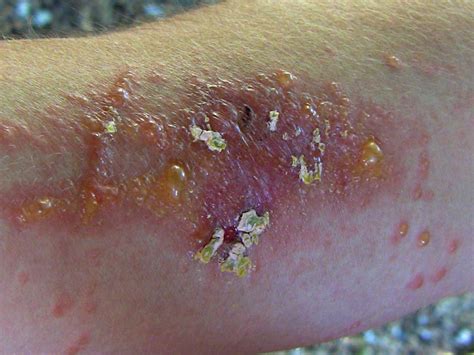
Common Symptoms of Poison Oak Rash
Some common symptoms of poison oak rash include: * Redness and inflammation * Itching and burning sensations * Blistering and swelling * Rash or lesions * Dry, cracked skinTreatments and Remedies for Poison Oak Rash
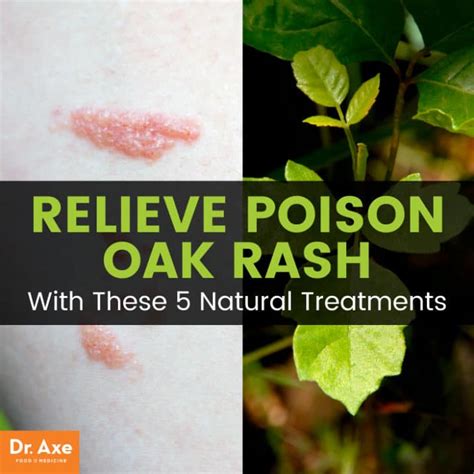
Natural Remedies for Poison Oak Rash
Some natural remedies that may help alleviate the symptoms of poison oak rash include: * Aloe vera gel: This can help soothe the skin and reduce inflammation. * Tea tree oil: This has antibacterial properties that can help prevent infection. * Coconut oil: This can help moisturize the skin and reduce itching. * Baking soda: This can help neutralize the urushiol oil and reduce itching.Preventing Poison Oak Rash from Spreading
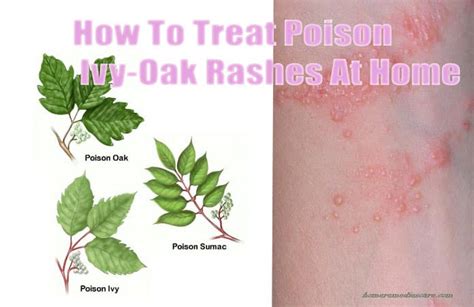
Complications of Untreated Poison Oak Rash
If left untreated, poison oak rash can lead to more severe complications, such as: * Infection: Bacterial or fungal infections can develop if the rash becomes infected. * Scarring: Severe cases of poison oak rash can lead to scarring or permanent skin damage. * Allergic reactions: In rare cases, poison oak rash can trigger a severe allergic reaction, known as anaphylaxis.Long-Term Effects of Poison Oak Rash
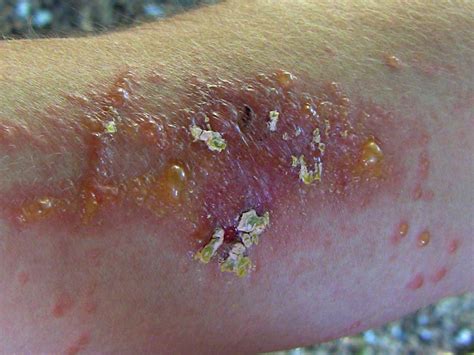
Managing Poison Oak Rash in Sensitive Areas
Poison oak rash can be particularly challenging to manage in sensitive areas, such as the face, neck, or genital area. Here are some tips: * Apply a topical cream or ointment to help soothe the skin and reduce itching. * Avoid scratching the affected area, as this can lead to further irritation and infection. * Keep the affected area clean and dry to prevent infection. * Avoid exposing the affected area to heat or sunlight, as this can exacerbate the symptoms.Conclusion and Next Steps
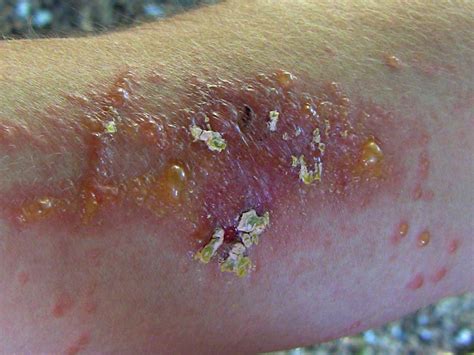
What is poison oak rash, and how does it occur?
+Poison oak rash is an allergic reaction that occurs when the skin comes into contact with the urushiol oil found in poison oak plants. The oil can cause a range of symptoms, from mild redness and itching to severe blistering and swelling.
How can I prevent poison oak rash from spreading?
+To prevent poison oak rash from spreading, wash the affected area thoroughly with soap and water, remove any contaminated clothing or items, and avoid scratching the affected area. Apply a topical cream or ointment to help soothe the skin and reduce itching.
What are some common treatments for poison oak rash?
+Common treatments for poison oak rash include calamine lotion, hydrocortisone cream, antihistamines, cold compresses, and oatmeal baths. Natural remedies like aloe vera gel, tea tree oil, and coconut oil may also help alleviate symptoms.
Can poison oak rash lead to long-term complications?
+Yes, if left untreated, poison oak rash can lead to long-term complications like scarring, skin sensitivity, and emotional distress. In rare cases, it can also trigger a severe allergic reaction, known as anaphylaxis.
How can I manage poison oak rash in sensitive areas?
+To manage poison oak rash in sensitive areas, apply a topical cream or ointment to help soothe the skin and reduce itching. Avoid scratching the affected area, keep it clean and dry, and avoid exposing it to heat or sunlight.
